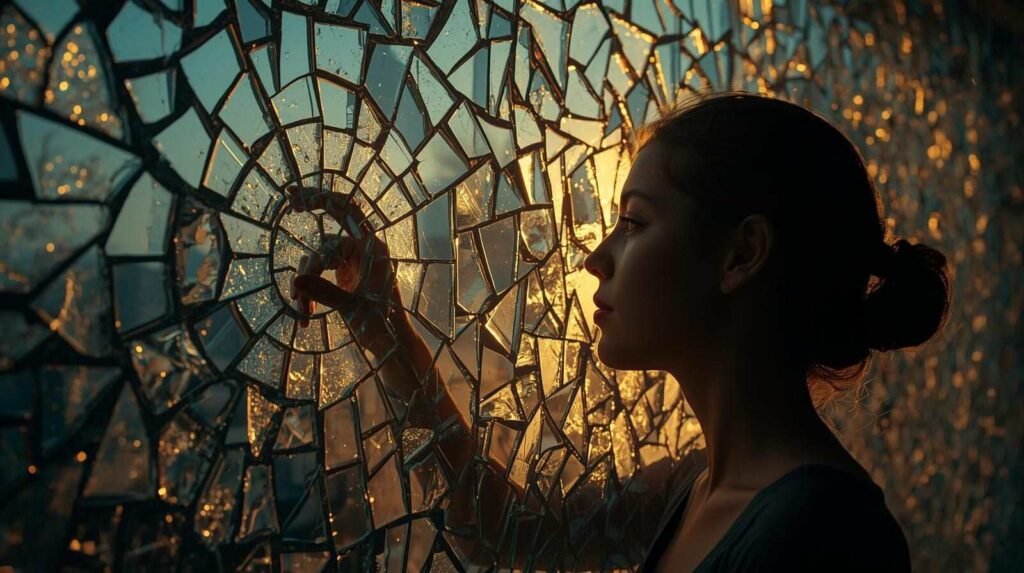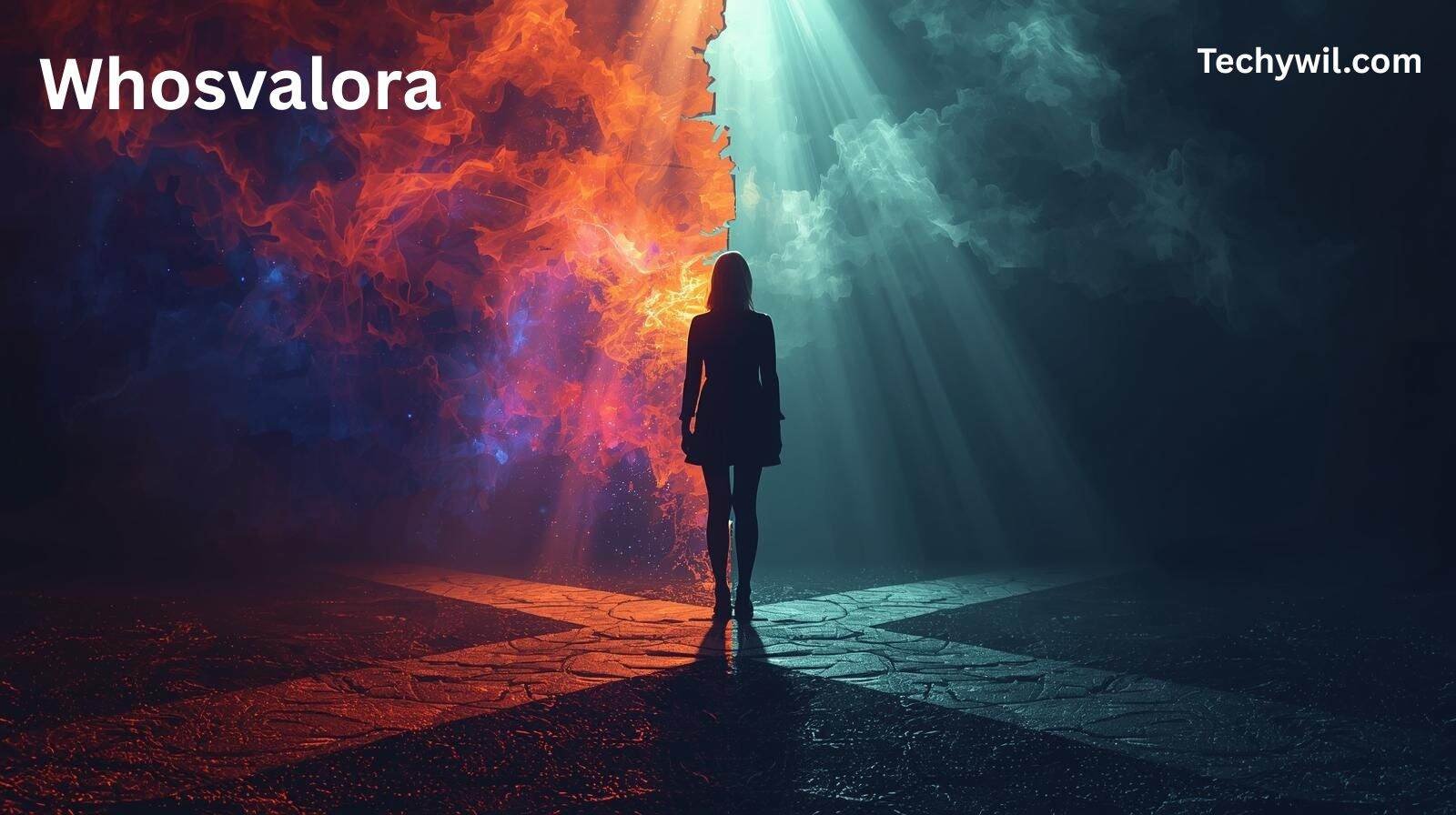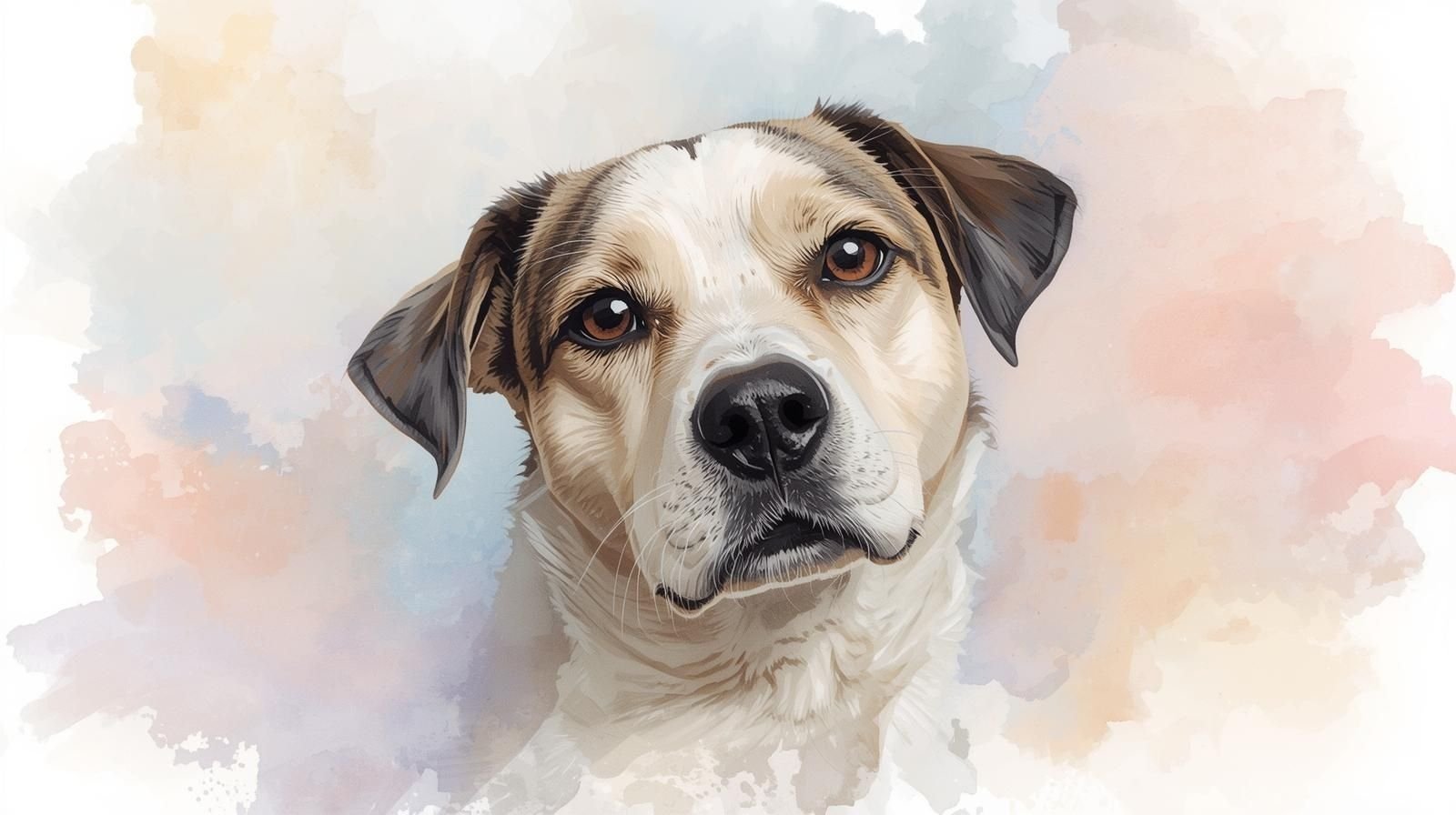Introduction
Let me take you back to the moment when things tipped. The controversy that changed whosvalora forever wasn’t some overnight explosion — it crept in quietly, whispered through digital hallways, and then erupted when no one was ready. At first, it looked like just another internet rumor. Fans shrugged, a few blogs speculated, and everyone moved on — or so they thought. But then, the puzzle pieces started to fit together, and the story that emerged was far more complex than anyone imagined.
By the end, whosvalora wasn’t just a name or a project anymore — it became a symbol, a conversation, and a bit of a cautionary tale. This article dives into that story: what happened, how it unraveled, and what it ultimately taught us about creativity, collaboration, and trust. Buckle up — this one’s not all pretty, but it’s real.
What Is Whosvalora? (Setting the Stage)
Before we get into the controversy, we’ve got to understand the world of whosvalora. Because without that foundation, the rest is just noise.
Whosvalora — or “Who’s Valora?” as it was first whispered around social circles — started as an artistic venture. It had an edge. It felt mysterious, experimental, and just the right kind of rebellious. People were drawn in by its aesthetic, its tone, and its refusal to fit neatly into boxes.
It wasn’t just a project — it was a mood. An identity that blurred art, storytelling, and performance. The following it attracted wasn’t huge, but it was devoted. And that’s where the trouble began: when something feels personal to its fans, any disruption feels like betrayal.
Behind the scenes, though, things weren’t quite as solid as they looked. Authorship wasn’t clearly defined. Roles shifted. Collaborations started, paused, and sometimes disappeared without explanation. On the surface, it was creative chaos. Beneath it — quiet tension.
The Sparks that Lit the Fuse
The First Signs of Trouble
They say the smartest sailors notice the first rip in the sail. In the whosvalora story, that rip came as subtle changes. A collaborator’s name disappeared from a credit. A project teaser got pulled without warning. Some followers noticed; most didn’t.
For a while, those close to the brand brushed it off. “She’s evolving,” people said. “It’s part of the art.” But looking back, those tiny shifts were warning shots — signals that something in the foundation was starting to crumble.
Authorship vs. Ownership
The moment everything blew open, though, was when one former collaborator stepped forward, claiming their work had been used without credit. Screenshots surfaced. Old files resurfaced. Timelines didn’t quite add up. Suddenly, the question wasn’t “Who’s Valora?” — it was “Who owns Valora?”
The fight over authorship became public, messy, and emotional. What began as whispers turned into long threads and think-pieces. People chose sides. Words like plagiarism, betrayal, and exploitation started floating around.
The Backlash
As with most internet storms, the backlash was swift and brutal. Once the first few posts went viral, everyone had an opinion. Some fans defended Valora, arguing that art evolves and collaboration blurs boundaries. Others felt deceived, insisting that credit and ownership aren’t abstract — they’re ethical.
Before long, whosvalora was no longer a creative project — it was a controversy. And once that label sticks, it’s hard to peel off.
Why This Controversy Hit So Hard
It Exposed Structural Flaws
What made this different from ordinary internet drama was that it revealed deeper cracks. The controversy wasn’t about one mistake — it was about the entire system surrounding whosvalora. There were no clear contracts. Roles were vague. Verbal agreements replaced written ones. It was creative freedom taken to a dangerous extreme.
When that kind of foundation gets tested, it collapses fast.
Fan Loyalty vs. Reality Check
Here’s where it got emotional. Fans weren’t just passive viewers — they’d built emotional connections to whosvalora. To them, it wasn’t just a brand; it was a person, an idea, a movement. So when the truth started surfacing, many couldn’t handle it.
Instead of walking away, they fought the facts. They built their own narratives. They defended the indefensible. That blind loyalty, though noble in spirit, made the fallout even more painful when the truth became undeniable.
A Crisis of Identity
After the controversy, whosvalora couldn’t just “go back to normal.” The name itself carried a new weight. It became the whosvalora that survived, the whosvalora that fell and rebuilt. Whether you saw redemption or ruin depended on which version of the story you believed — but one thing was certain: the innocence was gone.
Read more: Heartbreaking Goodbye to Julia Martinez Quinceañera Star
The Fallout
So what exactly changed? Let’s break it down — because the aftermath wasn’t just emotional. It was structural, personal, and permanent.
Trust and Reputation
Trust, once lost, is almost impossible to fully regain. For many, whosvalora went from “mysterious and inspiring” to “questionable and opaque.” Collaborators pulled away. Fans unfollowed. The online conversations grew quieter — but colder.
The Legal Side
After the dust settled, there was cleanup. Contracts were drawn, credits were renegotiated, and statements were issued. What used to be a creative playground turned into a legal maze. It wasn’t glamorous — but it was the price of survival.
Collaborations Redefined
Future projects under the whosvalora name came with clear paperwork, defined terms, and explicit consent. The era of “trust me, it’s all love” was over. Creatives who joined later described the space as more professional — but also less magical.
A Brand Reborn
Eventually, whosvalora tried to rise from its ashes. New visuals, a more open tone, even public acknowledgments of the past. It didn’t erase the scars — but it turned them into part of the narrative. Whether you call it growth or damage control, it was undeniably a turning point.
Before and After Whosvalora
Here’s a simple breakdown of how much changed:
| Aspect | Before the Controversy | After the Controversy |
|---|---|---|
| Public Persona | Mysterious, abstract | Transparent (sometimes defensive) |
| Authorship | Shared, informal | Contracted and explicit |
| Fan Relationship | Emotional devotion | Guarded engagement |
| Collaboration | Fluid, intuitive | Structured and documented |
| Brand Mood | Dreamlike creativity | Cautious realism |
That table says it all — whosvalora didn’t just evolve. It had to rebuild itself from the rubble.
What We Can Learn from Whosvalora
- Always Define Credit Early
No matter how friendly or artistic the partnership, put it in writing. Memories fade; feelings change; screenshots last forever. - Transparency Beats Mystery (When Things Go Wrong)
Silence during a storm doesn’t make you mysterious — it makes you suspicious. When you mess up, say something. Even imperfect honesty earns respect. - Don’t Take Loyalty for Granted
Fans can love you deeply — until they feel betrayed. Build your work on respect, not emotional dependency. - Grow Up Artistically and Legally
Maturity in art means knowing where creativity ends and responsibility begins. Contracts don’t kill passion; they protect it. - Redemption Is Possible — If You Own the Past
People forgive those who show genuine accountability. Denial kills empathy faster than failure ever could.

The Emotional Undercurrent
Let’s not forget — behind every brand, controversy, and headline are real people. Collaborators who felt unseen. Fans who felt heartbroken. Creators who felt misunderstood. The whosvalora controversy wasn’t just about art or ownership; it was about identity. About what happens when the person behind the persona collides with the expectations of the people who believed in them.
That’s what makes it stick. That’s why we still talk about it.
Conclusion
Let’s zoom out for a second. The controversy that changed whosvalora forever wasn’t just about one argument or one mistake. It was about how fragile creative ecosystems can be when clarity and honesty take a back seat. It was a moment that shattered illusions — but it also sparked growth.
Because here’s the truth: nobody creates perfectly. We stumble. We miscommunicate. We forget to protect ourselves or others. What defines us isn’t the fall — it’s how we rebuild afterward. And in that sense, whosvalora didn’t die in its controversy. It evolved. It grew up. It became a story that reminds every artist, brand, and dreamer that accountability isn’t the enemy of creativity — it’s the key to keeping it alive.
FAQs
1. What exactly caused the controversy?
It began as a dispute over authorship — who created what, and who deserved credit. When that spilled into the public, it exposed deeper trust and communication issues.
2. Was Whosvalora ever canceled?
“Canceled” might be too strong. There was backlash and withdrawal, yes, but the brand eventually resurfaced — changed, cautious, but still present.
3. Why did fans react so strongly?
Because whosvalora wasn’t just a product to them. It was a reflection of something personal — and when that reflection cracked, it felt like betrayal.
4. What happened to the people involved?
Some distanced themselves, others reconciled privately, and a few leveraged the experience to advocate for clearer creative ethics.
5. What’s the biggest takeaway from all this?
No matter how visionary your art is, relationships — not ideas — are what sustain it. Trust and credit are the real currencies of creativity.
Thanks for visit Techywil








![Tyna Robertson: Confident and Professional Leader in [Industry]](https://techywil.com/wp-content/uploads/2025/11/tyna-robertson-portrait-professional-leader.jpg)


